Protect your family from respiratory illnesses. Schedule your immunization here >
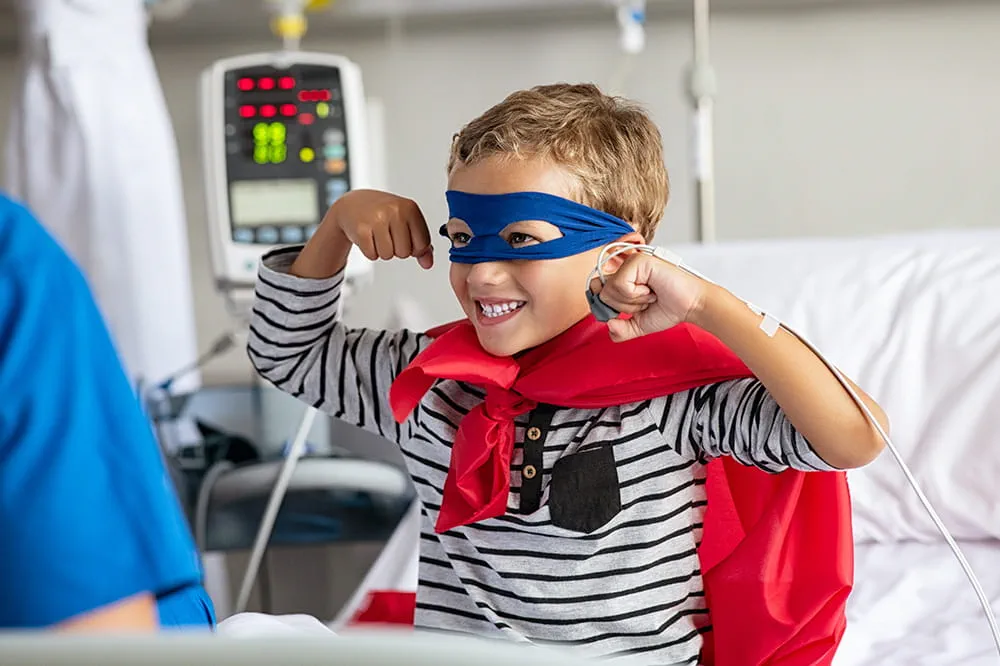
Ranked nationally in pediatric care.
Arkansas Children's provides right-sized care for your child. U.S. News & World Report has ranked Arkansas Children's in seven specialties for 2025-2026.
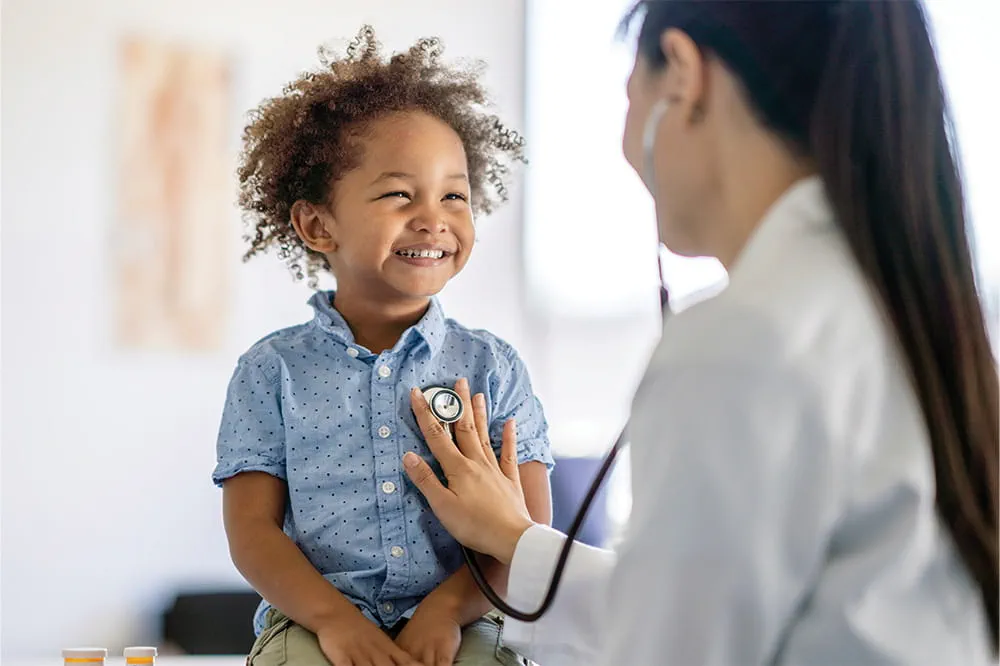
It's easier than ever to sign up for MyChart.
Sign up online to quickly and easily manage your child's medical information and connect with us whenever you need.
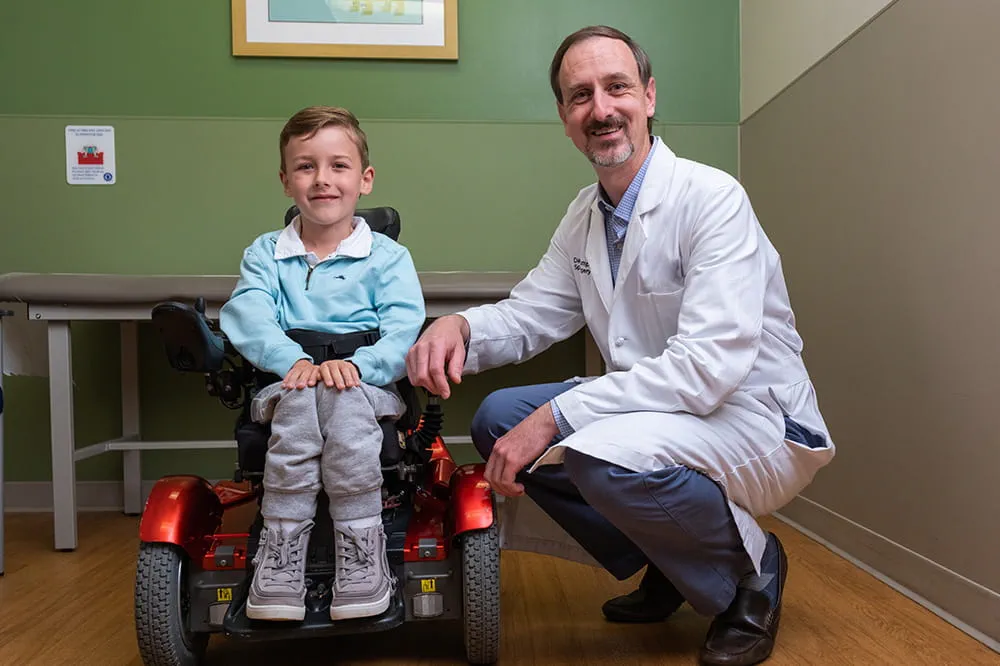
We're focused on improving child health through exceptional patient care, groundbreaking research, continuing education, and outreach and prevention.
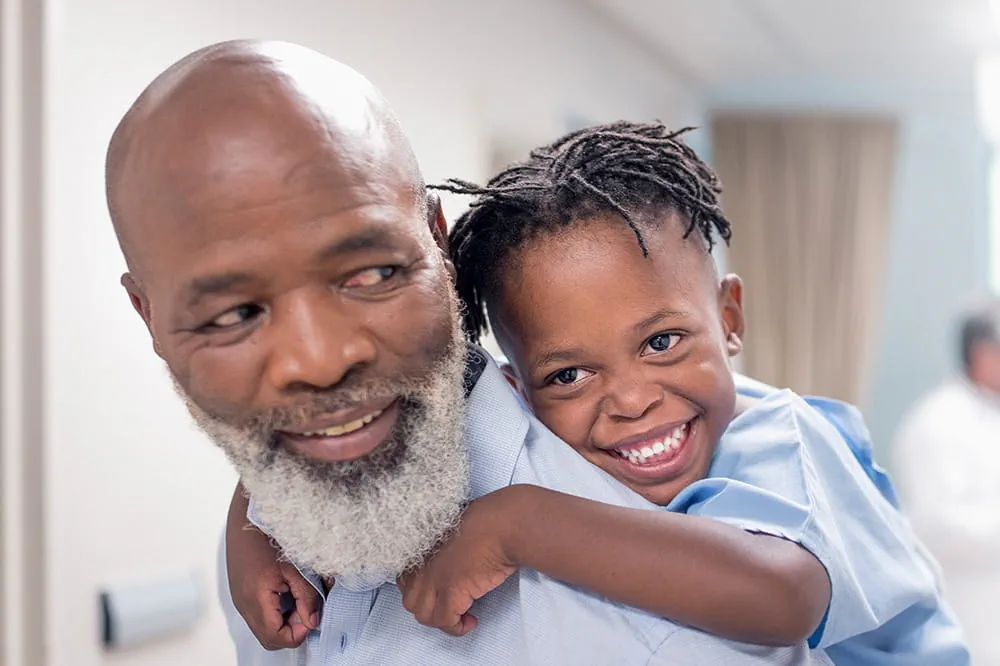
When it comes to your child, every emergency is a big deal.
Our ERs are staffed 24/7 with doctors, nurses and staff who know kids best – all trained to deliver right-sized care for your child in a safe environment.
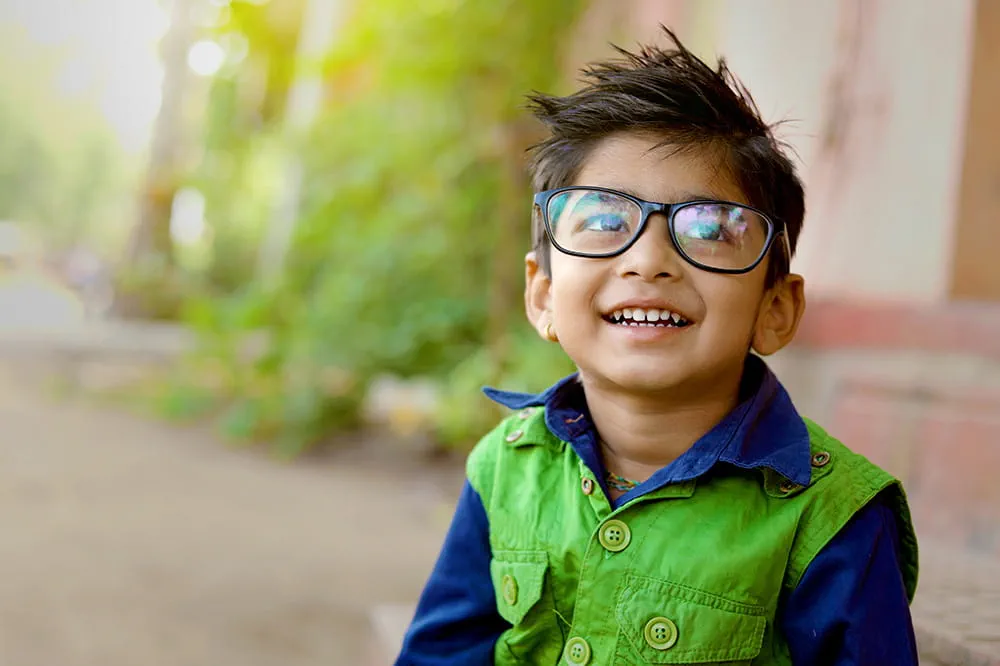
Arkansas Children's provides right-sized care for your child. U.S. News & World Report has ranked Arkansas Children's in seven specialties for 2025-2026.

Looking for resources for your family?
Find health tips, patient stories, and news you can use to champion children.
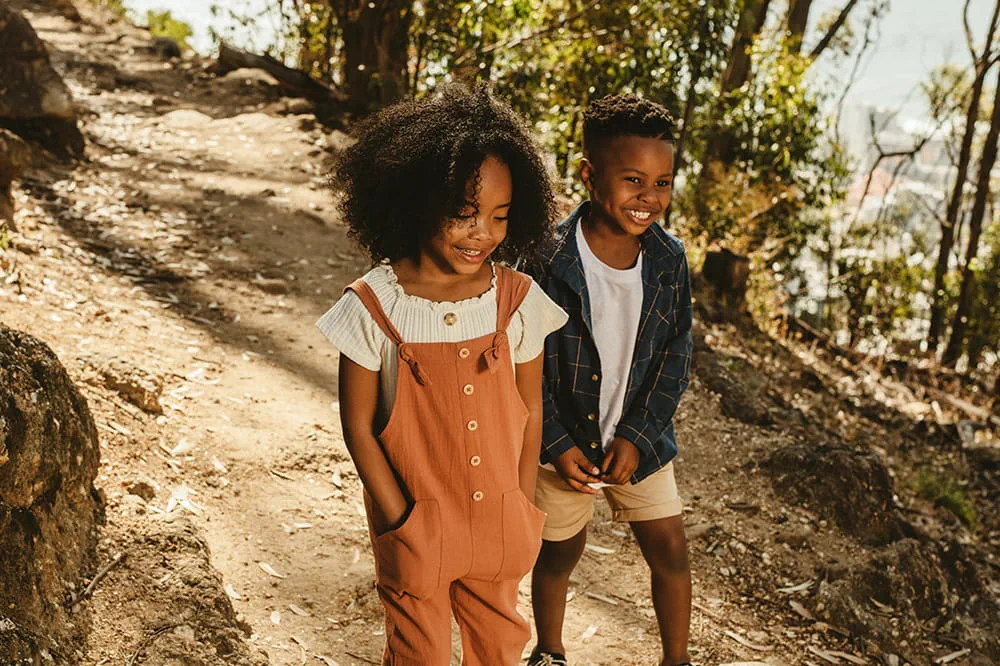
Support from the comfort of your home.
Our flu resources and education information help parents and families provide effective care at home.
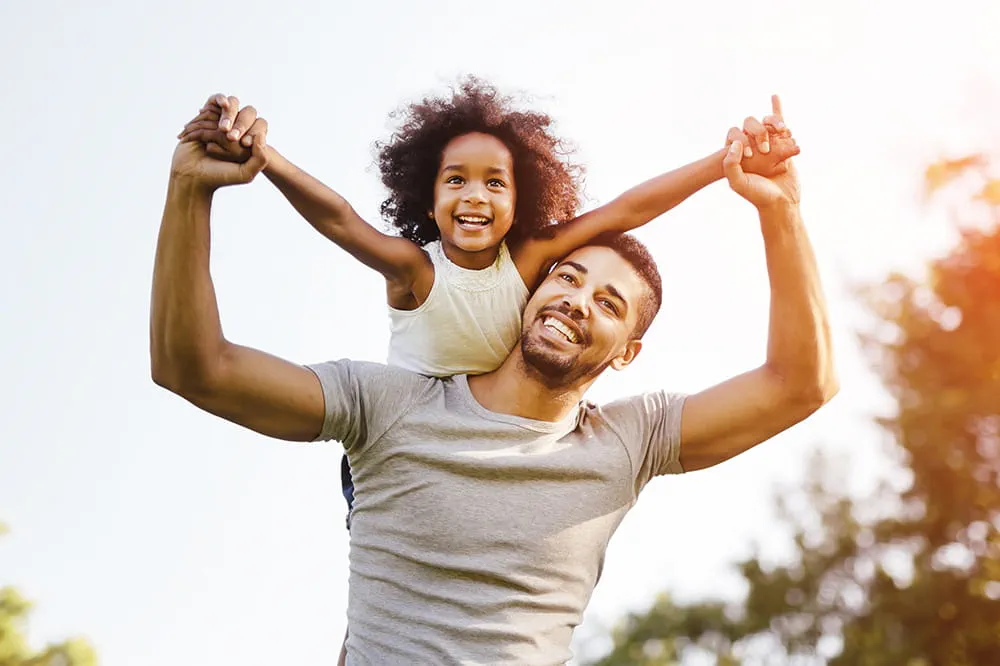
Children are at the center of everything we do.
We are dedicated to caring for children, allowing us to uniquely shape the landscape of pediatric care in Arkansas.
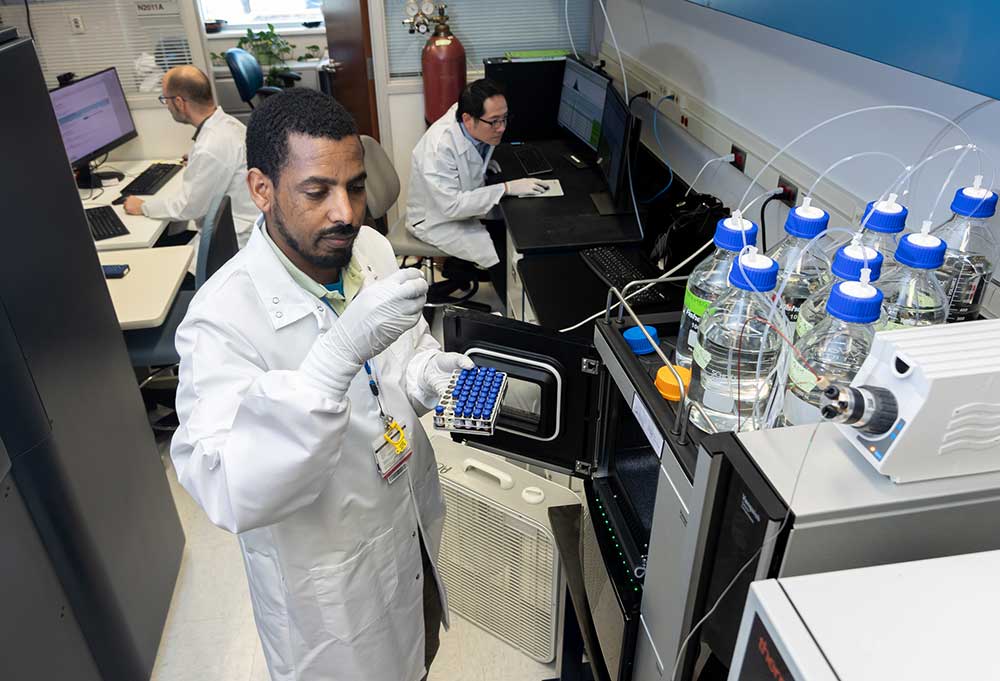
Transforming discovery to care.
Our researchers are driven by their limitless curiosity to discover new and better ways to make these children better today and healthier tomorrow.

We're focused on improving child health through exceptional patient care, groundbreaking research, continuing education, and outreach and prevention.
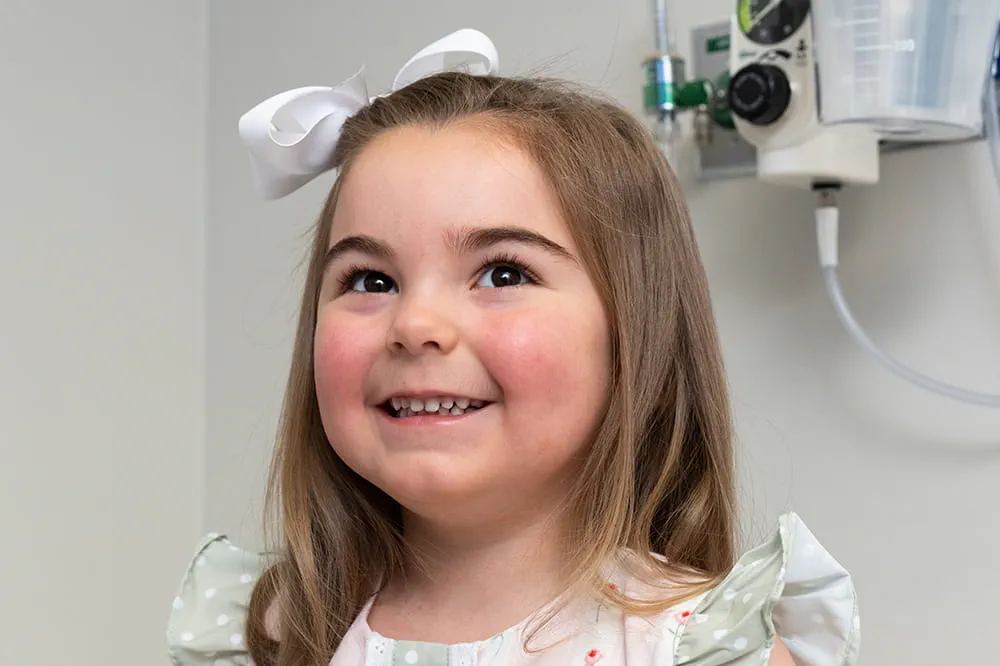
Then we're looking for you! Work at a place where you can change lives...including your own.
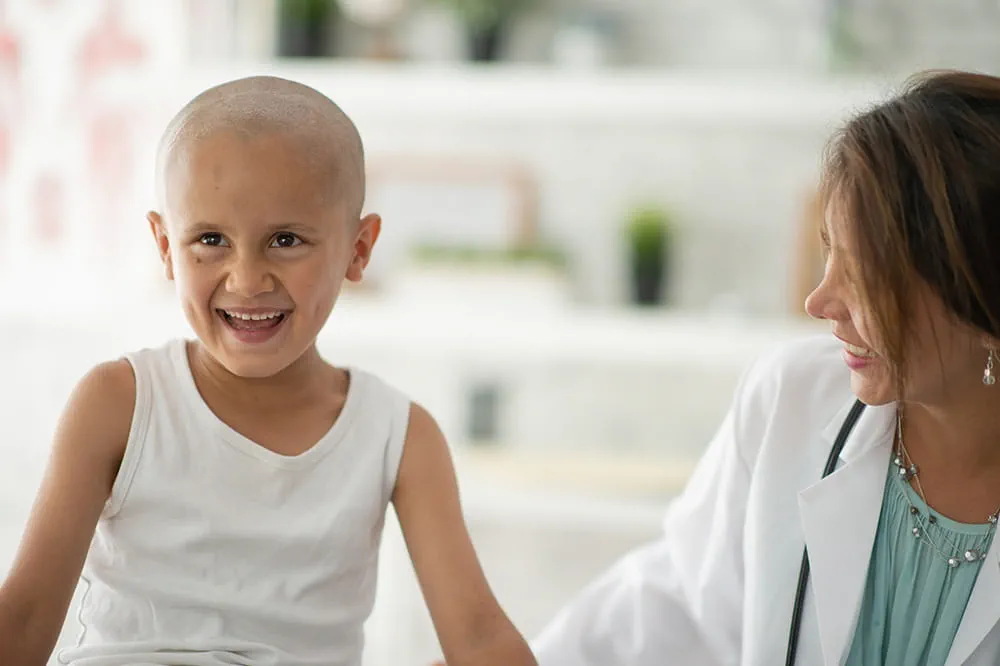
When you give to Arkansas Children's, you help deliver on our promise of a better today and a healthier tomorrow for the children of Arkansas and beyond
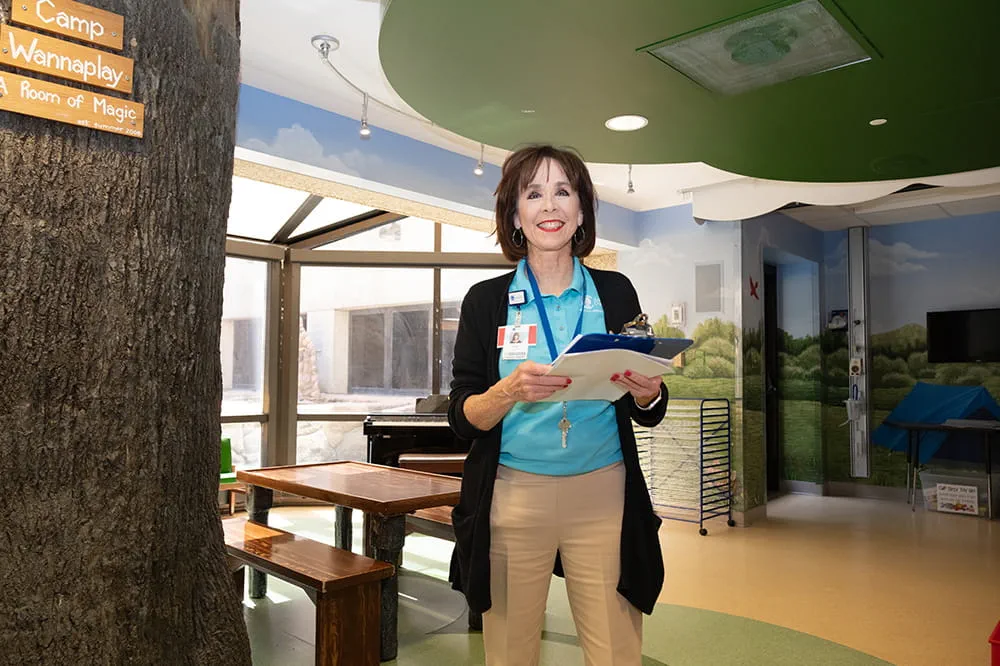
Become a volunteer at Arkansas Children's.
The gift of time is one of the most precious gifts you can give. You can make a difference in the life of a sick child.
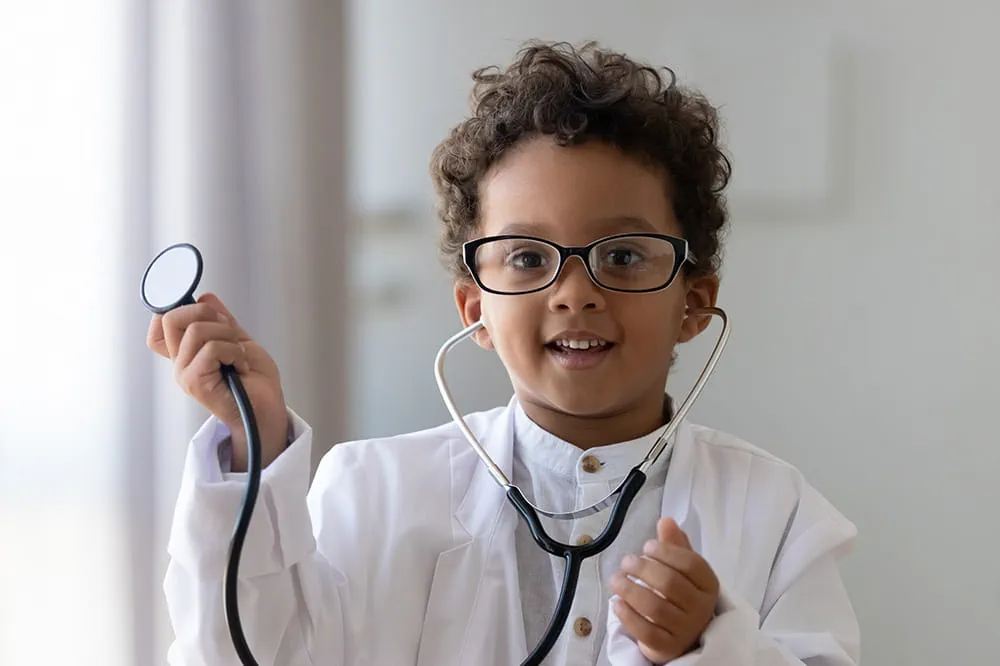
Join our Grassroots Organization
Support and participate in this advocacy effort on behalf of Arkansas’ youth and our organization.

Learn How We Transform Discovery to Care
Scientific discoveries lead us to new and better ways to care for children.

Learn How We Transform Discovery to Care
Scientific discoveries lead us to new and better ways to care for children.

Learn How We Transform Discovery to Care
Scientific discoveries lead us to new and better ways to care for children.

Learn How We Transform Discovery to Care
Scientific discoveries lead us to new and better ways to care for children.

Learn How We Transform Discovery to Care
Scientific discoveries lead us to new and better ways to care for children.

Learn How We Transform Discovery to Care
Scientific discoveries lead us to new and better ways to care for children.
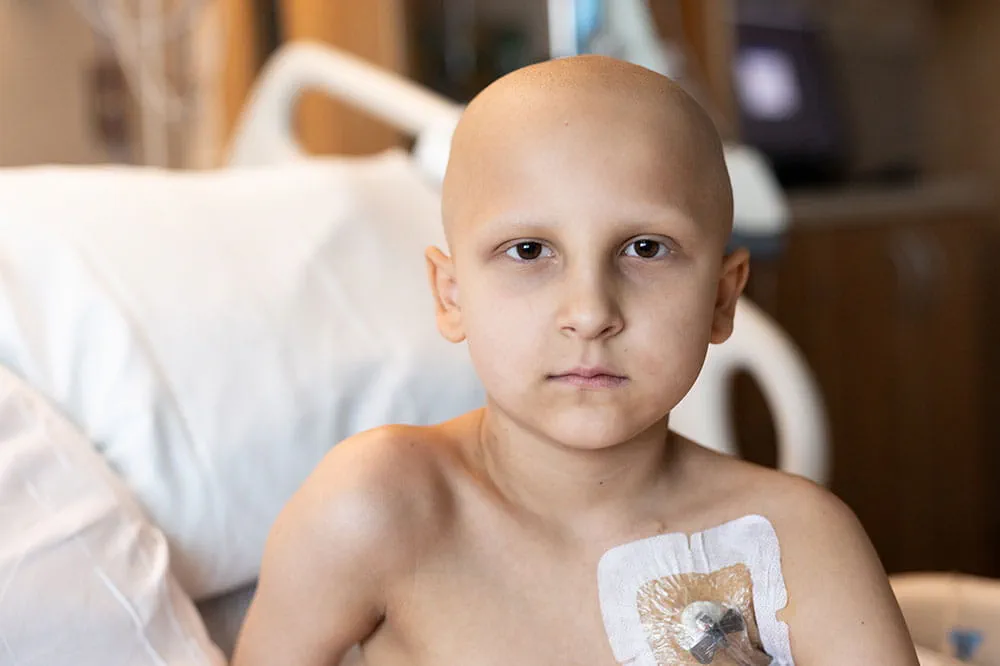
When you give to Arkansas Children’s, you help deliver on our promise of a better today and a healthier tomorrow for the children of Arkansas and beyond.
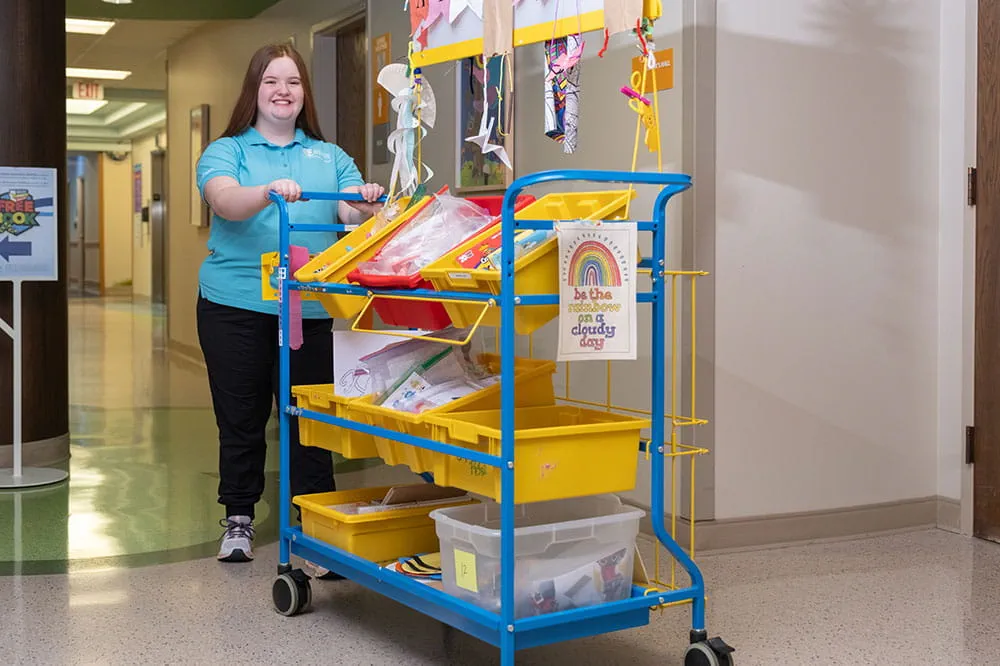
Your volunteer efforts are very important to Arkansas Children's. Consider additional ways to help our patients and families.
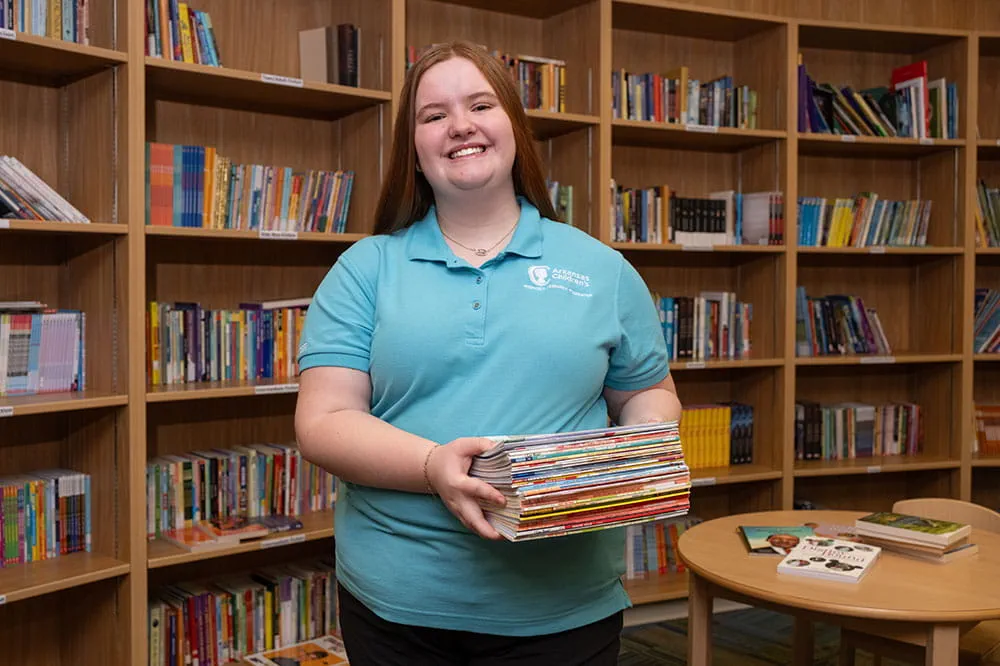
Join one of our volunteer groups.
There are many ways to get involved to champion children statewide.
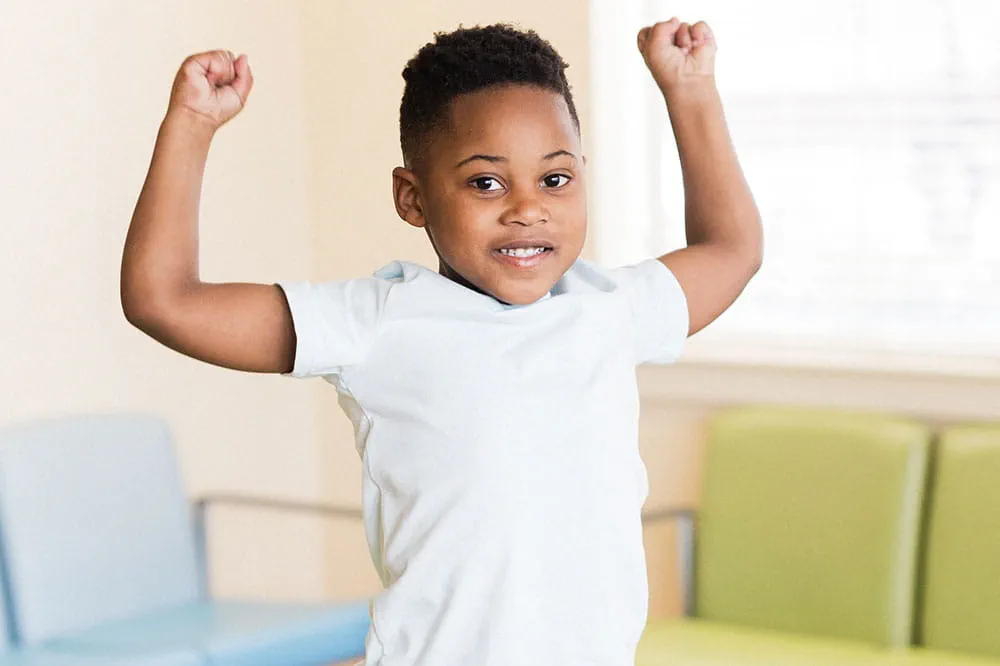
Make a positive impact on children through philanthropy.
The generosity of our supporters allows Arkansas Children's to deliver on our promise of making children better today and a healthier tomorrow.
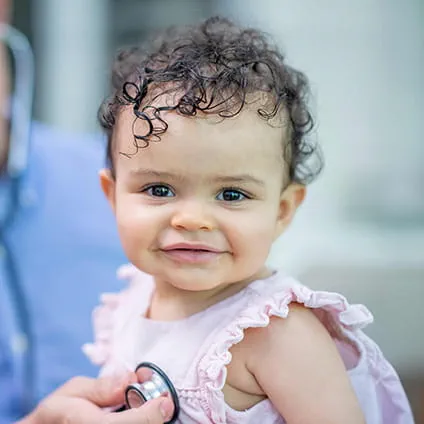
Read and watch heart-warming, inspirational stories from the patients of Arkansas Children’s.
Hello.
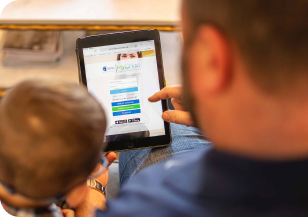
Arkansas Children's Hospital
General Information 501-364-1100
Arkansas Children's Northwest
General Information 479-725-6800

Clubfoot
What is clubfoot?
Clubfoot is a condition that causes either one foot or both feet (clubfeet) to point inward and the heel to point downward. It is a condition that a baby is born with. Clubfoot is caused by tight muscles and tendons around the ankle that force the foot into a rotated position. It affects the bones, muscles, tendons and blood vessels.About half of babies with clubfoot have the condition in both feet. Although clubfoot is not painful, it can cause problems walking if not treated. With treatment, babies with clubfoot can grow to have normal function of their feet and can walk and play normally.
What are the signs and symptoms of clubfoot?
Clubfoot is often diagnosed before birth during a routine ultrasound. If clubfoot is not found during pregnancy, it is diagnosed during a physical exam at birth.
- Instead of being straight, a clubfoot points down and turns in. This twisting causes the toes to point toward the opposite leg.
- In some cases, the bottom of the foot can face sideways or up.
- If the condition is only in one foot, the calf muscle may be smaller or the leg may be shorter on the side with clubfoot.
What causes clubfoot?
In most cases of clubfoot, experts do not know the exact cause. This is known as idiopathic clubfoot. Clubfoot may have genetic factors and can run in families. Clubfoot is more common in boys than girls.In some cases, clubfoot occurs as part of a larger syndrome or because of a neuromuscular disease, such as spina bifida.
How is clubfoot treated?
Your care team at Arkansas Children’s is experienced in treating clubfoot and clubfeet in children and will work with you to create the best treatment plan for your child.
- Most cases of clubfoot are treated using the Ponseti method. Treatment should be started as soon as possible, ideally within a month of birth.
- The purpose of the Ponseti method is to slowly correct the position of the foot or feet using casts. This is done by gently stretching the affected foot, then placing a cast over the foot, ankle and leg to hold the foot in place. This is repeated every week until the foot is correctly positioned.
- Before the cast process is complete, most babies will need a minor surgery to lengthen the Achilles tendon, called tenotomy. Then, a final cast will be placed to allow the tendon to heal.
- After the final cast is removed, your child will wear a brace for 22 to 23 hours a day for about three months to keep the feet positioned correctly. Gradually, the bracing time will be reduced to overnight and during naps only until they are about age 4 or 5.
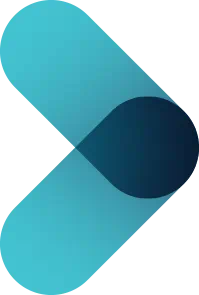
Appointments
New and existing patients can visit our appointment hub for several ways to request an appointment, including online scheduling for many services.
Request an appointment
